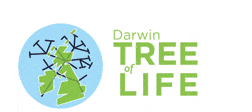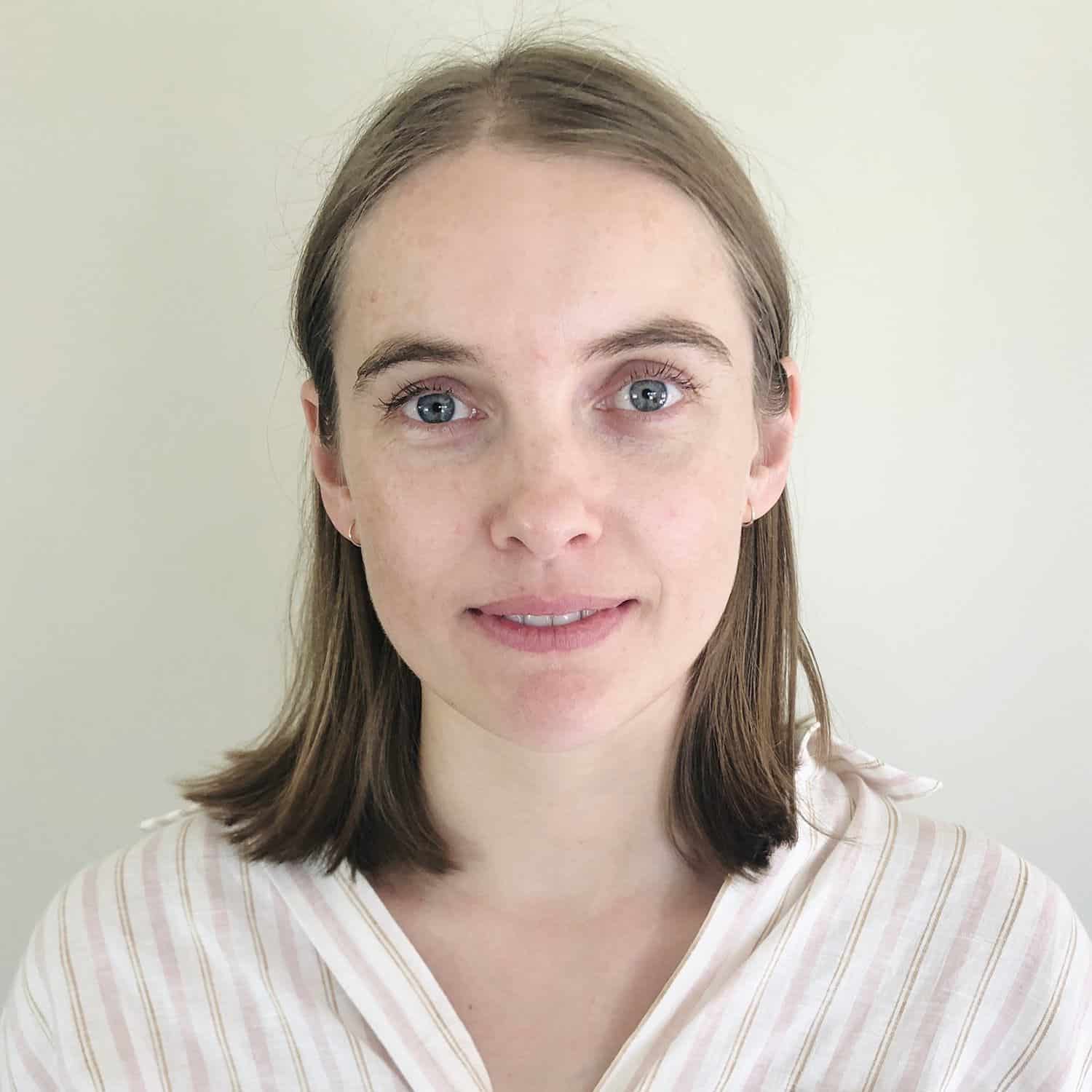-
Asked by anon-290678 on 23 Mar 2021.
Question: I'm also interested to know what kind of patterns you look for, or typically see, when analyzing base sequences.
- Keywords:
-
anon answered on 23 Mar 2021: last edited 23 Mar 2021 3:17 pm
This isn’t specific to Tree of Life, but I used to research spider silk genes. I would look for novel (new to science) silk genes in genes I’d sequenced from the water spider Argyroneta aquatica (which is really interesting because it’s the only spider we know of that can spin silk while underwater).
One of the interesting things about spider silk genes is they have three “parts” – a bit at each end which is important for the fibre formation and some other stuff, and a middle bit which is really long (thousands of bases) and highly repetitive. It’s this middle bit that makes some silks really strong and others really sticky and gel-like.
I’d use bioinformatics software to compare newly-sequenced Argyroneta gene data against a massive database called GenBank and the software would flag sequences in my list of genes which looked similar to known spider silk genes. I was interested in whether the silk genes of the water spider were similar to “normal” spider genes or whether they were specially adapted to work underwater.
In the end it was a mixed result! Part of the Argyroneta silk genes were “conserved” and similar to normal silk, whereas parts were different. The similar parts were the end bits known to be important in how silk fibres are formed (instead of being an unshapely mass of goo) and the different bits were the repetitive region in the middle. I don’t know for certain what effect how the areas that are different make a difference, but some research has shown how different repeating patterns or motifs result in different structures in the proteins. These structures are what give the silks different properties like strength and elasticity – and possibly improve their performance underwater.
This is all really useful from a biomaterials perspective. If we can figure out which sequences give silks with different properties, we can then build a “toolbox” that we an experiment with and build brand new silks with properties we do want, and manufacture them in a lab. This could be a super-strong material that can be used in surgery to repair wounds (spider silk eventually dissolves and released vitamin K which promotes healing). Or we could use “normal” silk modified to hold drug molecules which are released as the silk dissolves, meaning someone doesn’t have to take huge amounts of antibiotics which are carried to areas of the body they aren’t needed. Or maybe super strong, flexible and lightweight armour to protect the International Space Station from space debris?







Comments